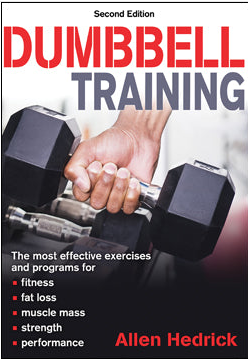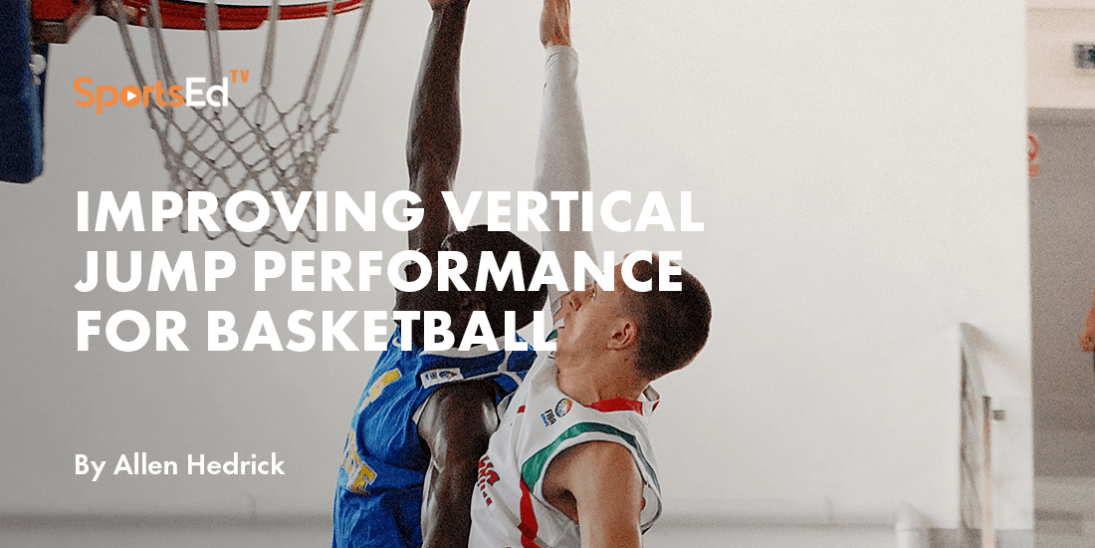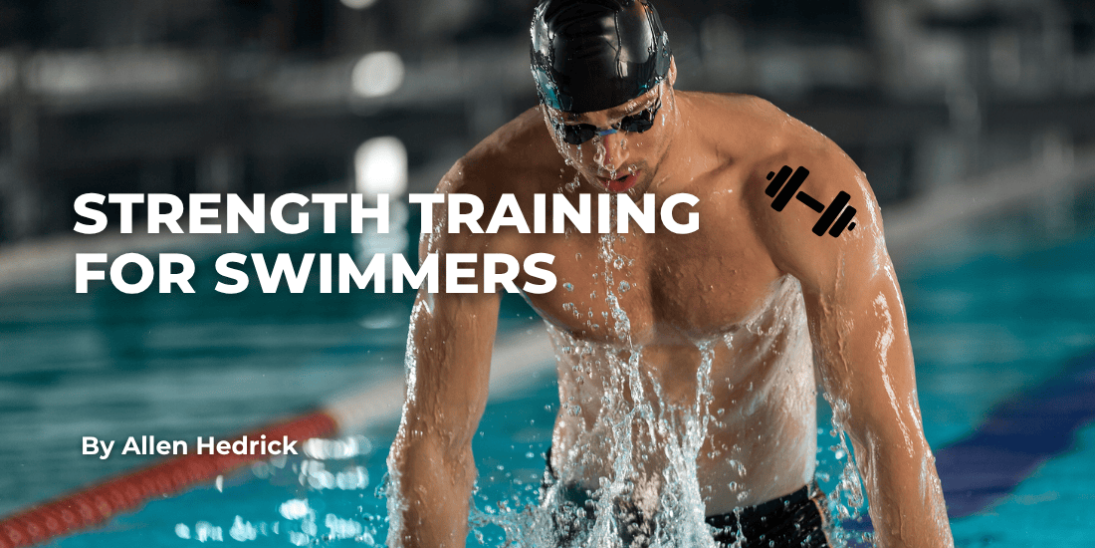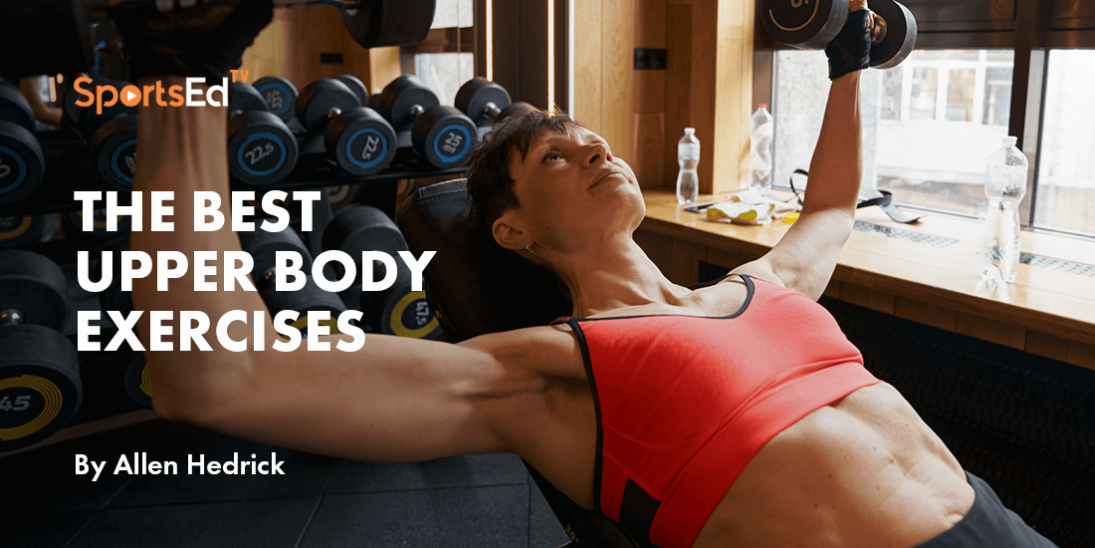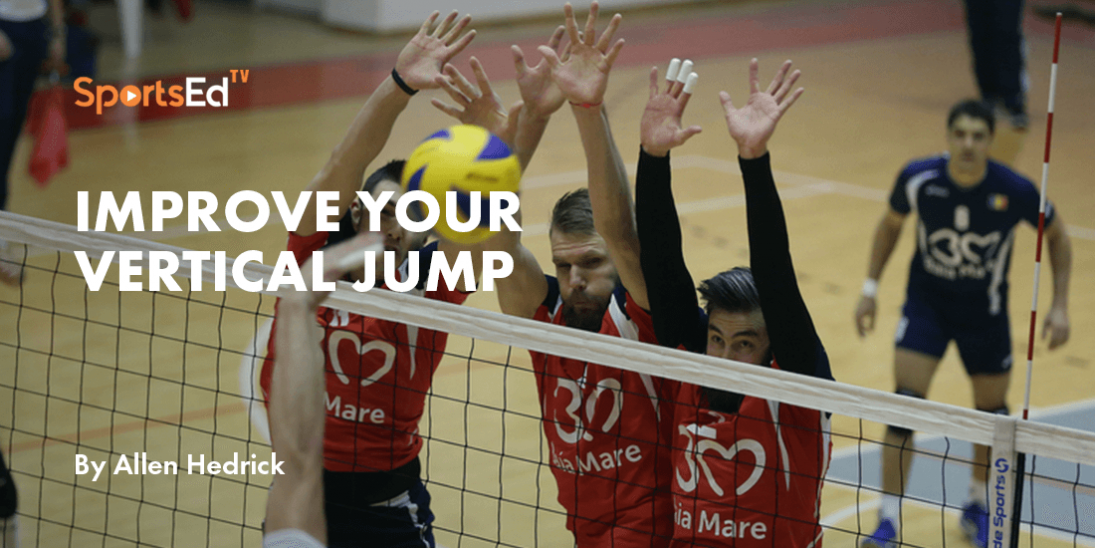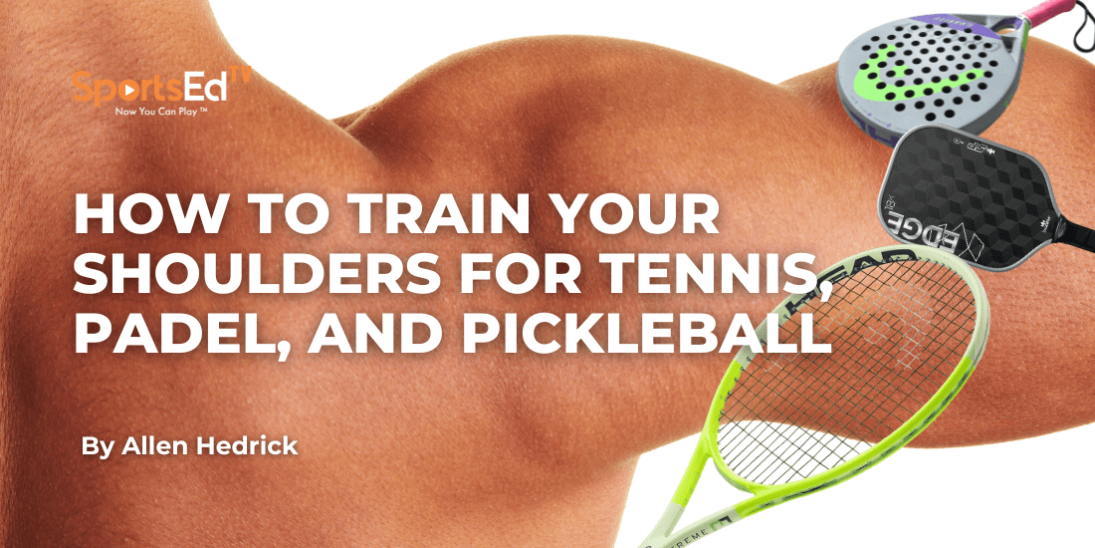Strength And Conditioning, Weightlifting
Welcome and thanks for visiting...

Dumbbells and the Competitive Athlete
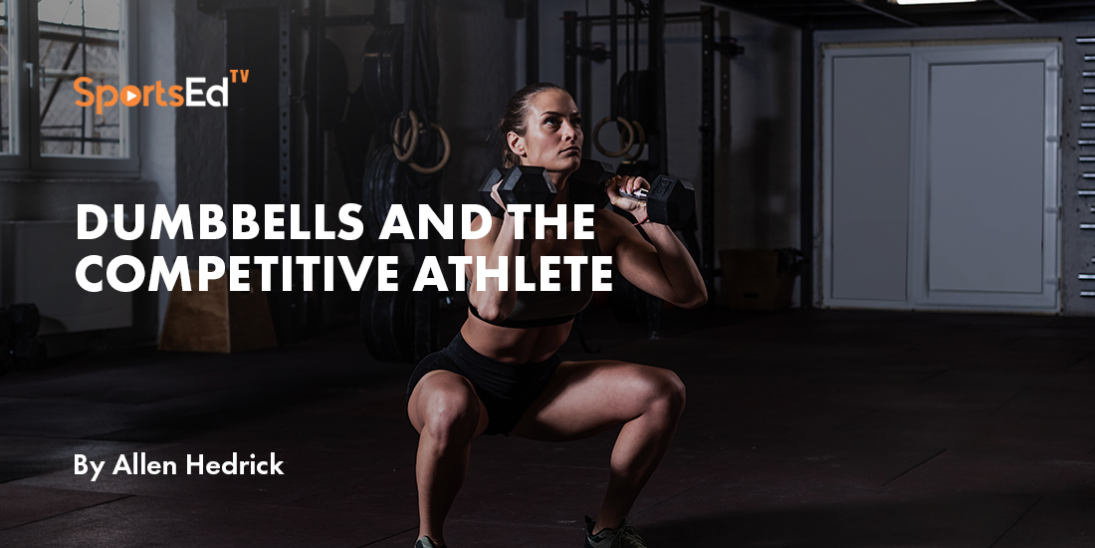
Most strength and conditioning coaches who work with competitive athletes do not place an emphasis on the use of dumbbells in their athletes' training programs. Whether that is by tradition, habit, or a lack of understanding of how effective dumbbell training can be, dumbbells are rarely a point of emphasis in this setting.
Let’s jump right into this topic. I started down the path of emphasizing dumbbell training way back in the early 1990s based on a casual comment that I overheard. It was mentioned that the strength coach for the New York Giants at the time (Johnny Parker) had his athletes performing dumbbell cleans as a part of their preparation for the 1987 Super Bowl. The Giants were using the facilities at Fresno State to practice and prepare for the game.
A few years later I was working as a graduate student in the strength and conditioning program at Fresno State when I was told about Coach Parker having his athletes perform dumbbell cleans. Performing any of the weightlifting movements with dumbbells, or even emphasizing any type of dumbbell training for athletes, was a foreign concept to me at the time, but it initiated a thought process that led me to making dumbbells a point of emphasis when training athletes.
Fast forward to 1996. I was working as the head strength and conditioning coach at the United States Air Force Academy and published an article describing the extensive use of dumbbells in the training program of our football athletes at the Academy. Coach Parker read that article and asked if he could observe our football athletes training with dumbbells. He ended up spending a few days with us.
Use the Weight Room to Enhance Movement Performance
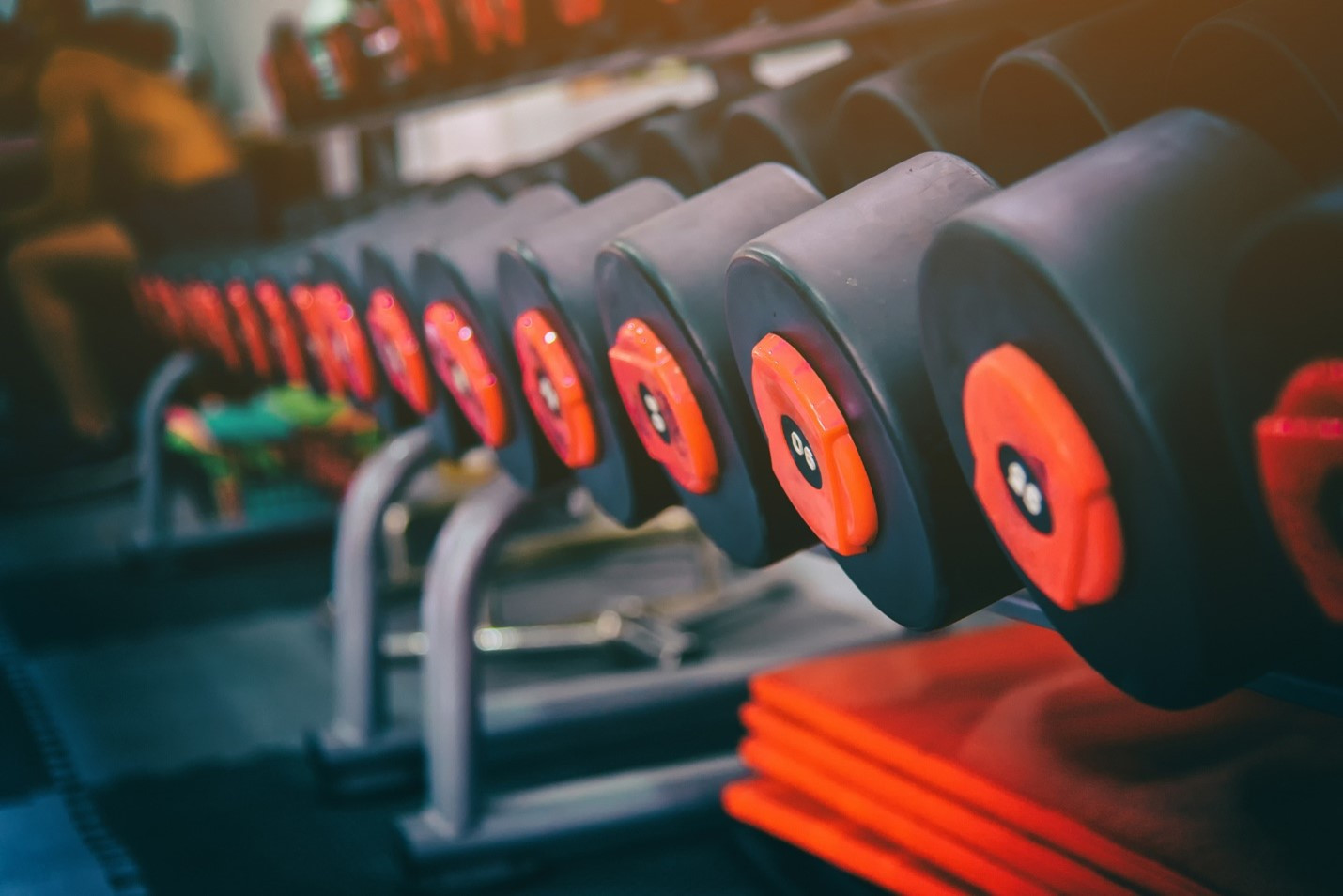
I use the weight room as a way to enhance movement performance and enhance injury prevention. Yes, I want to get my athletes bigger, faster, stronger, and, most importantly, more powerful. However, those increases must occur in a functional movement pattern to be of value to the athlete. In my opinion, dumbbells provide the opportunity for variations in movement patterns used during training that allow some of those functional movements to be developed and emphasized.
Before I expand on that, let me explain one thing that worked as a practical advantage for us: the emphasis on dumbbell training. While at the Academy, we worked with well over 120 football athletes who trained as a team. Finding a way to train that many athletes simultaneously required some creative thinking. The facility at the Academy was set up so that all of the squat racks and platforms were on one side of the room, there was a running surface in the middle, and on the opposite side of the room were the dumbbell racks, auxiliary benches, and the bench press and incline press stations.
Weight Program Design
To facilitate matters, I designed the training plan so that the big skill position athletes (offensive line, tight ends, defensive line, linebackers) trained twice a week with barbells and once per week with dumbbells. In contrast, the skill position athletes (quarterbacks, running backs, wide receivers, defensive backs, and kickers) trained twice a week with dumbbells and once a week with barbells. This plan spread the athletes out to both sides of the room, making the workout more manageable.
How successful were we following this type of program with all this dumbbell work? The best example of that came later during my time as the Head Strength and Conditioning Coach at Colorado State University–Pueblo. Between 2009 and 2019, we won eight conference championships, participated in eight Division II playoff series, and won the Division II national championship in 2014. I am not suggesting this success was due to our training program, but it certainly was a contributing factor.
Advantages of Dumbbell Training
Muscles increase their force generation capabilities and size, or both, largely based on the amount of stress applied. If the stress reaches a certain threshold, adaptation occurs. That stress can be in the form of bodyweight exercises, machine training, resistance bands, barbells, kettlebells, or dumbbells. If the stress is of adequate intensity, muscular adaptations occur with increases in size, strength, endurance, and/or power depending on the nature of the applied stress.
Unlike training with a barbell, with dumbbells, the athlete must control two separate implements rather than just a single implement. Most strength coaches emphasize squats over leg presses because of the greater movement specificity when squatting. Similarly, performing an exercise with dumbbells and having to control two separate implements can also enhance the specificity of training and thus increase the effectiveness of training.
Remember, the goal of training is to enhance movement capability and reduce injury potential while meeting the strength and power demands of the sport. Adding the need to control two separate implements fits this goal nicely. Controlling two separate implements places a unique demand on the body. Rather than controlling the movement of the barbell, the athlete must control both arms independently, adding a neuromuscular demand on the body that is not present with barbell training. Athletes do not always move both arms symmetrically during competition, many athletic movements involve single-arm movements (e.g., throwing a ball, spiking a volleyball, straight arm in football) and so being required to control each arm independently offers the opportunity to increase the level of movement specificity in the weight room.
We can take this a step further and perform alternating arm movements, for example, alternating arm jerks or alternating arm incline presses. Depending on the type of athlete being trained, alternating arm exercises may also increase the specificity of training, with a boxer or a swimmer as obvious examples of how this is true.
Dumbbells and the Weightlifting Movements
When training a competitive weightlifter, I don’t have them perform any of the weightlifting movements with dumbbells. They compete with a barbell in their hands; they should train that way. When performing cleans, jerks, and snatches (and their associated training lifts) with dumbbells, the movements are not identical to the movements when those lifts are performed with a bar. The time spent training with dumbbells would not effectively transfer to performing the same lifts with a barbell.
I always had my athletes (football, basketball, volleyball, ice hockey, and so on) perform the weightlifting movements both with a bar and with dumbbells. Barbells do provide some advantages; obviously, a greater overall training load can be used with a bar than with dumbbells. If the goal is simply to increase their ability to lift as much weight as possible, that is how we would train. However, sports are not weightlifting competitions. As mentioned previously, I want to optimally improve their movement capabilities so, in my opinion, training with both barbells and dumbbells is the optimal approach.
All of the weightlifting movements (cleans, jerks, snatches) and their associated training movements can be performed with dumbbells. Further, there is a greater repertoire of exercises to choose from because all of the movements can be performed with both hands simultaneously, with alternating arms, or one arm at a time. Generally, I try to periodize my exercise selection over time, starting with the most basic of movements and moving to more advanced exercises over time. For example, the following sequence could be used with dumbbell snatches:
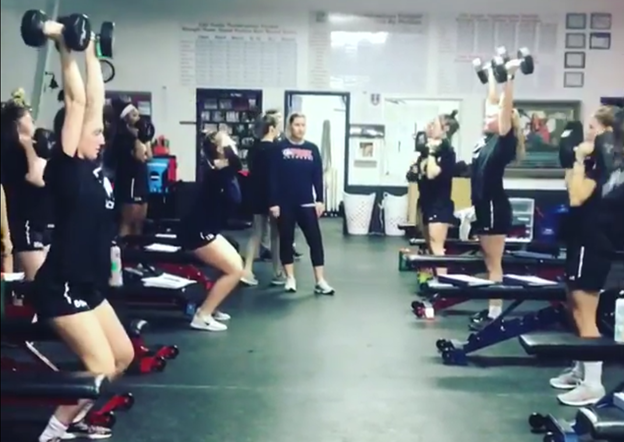
Cycle 1: Hang above power snatch
Cycle 2: Hang below power snatch
Cycle 3: Hang above split alternating foot snatch
Note: Rather than perform squat snatches, we split into a catch position, alternating the split position with each repetition. This forces them to become comfortable in a loaded position or split position, which relates to improving their movement capability.
Cycle 4: Hang below split alternating foot snatch
Cycle 5: Hang below split alternating foot alternating arm snatch
Note: Here, the athlete is alternating arms and alternating the split position for each repetition. The athlete goes opposite arm, opposite foot, meaning that when the right foot moves forward in the split position, the left arm is snatching the dumbbell overhead. This requires a degree of balance, stability, and coordination to be performed fluidly, and it generally takes some time for the athlete to be able to perform this with a high level of proficiency.
Cycle 6: Hang below split alternating foot one arm snatch
Note: Similar to the previous exercise the athlete alternates the split position each repetition, left foot forward, right foot forward. The difference is the athlete holds only one dumbbell, placing the body in an unbalanced condition, overloaded on one side. In every other repetition, the athlete ends up in a position where the foot that is forward matches the arm on the same side that is in the snatch catch position.
This example shows the variety of exercises available to choose from when making use of this form of training and how this form of training can be used to emphasize enhancing movement capability. It makes athletes strong, fast, powerful, and with enhanced movement capabilities, while reducing injury potential.
Summary
Despite not being a common emphasis in training, dumbbells can play an important role in developing athletes. The goal of training should be to help athletes move as effectively as possible, meeting the strength and power demands of the sport, while at the same time reducing the chance of injury. Dumbbells provide certain advantages; a program can be designed to help emphasize dumbbell training for your athletes, including weightlifting movements.
Note: For more details on Coach Hedrick’s use of dumbbell training, please check out his book on the subject:




